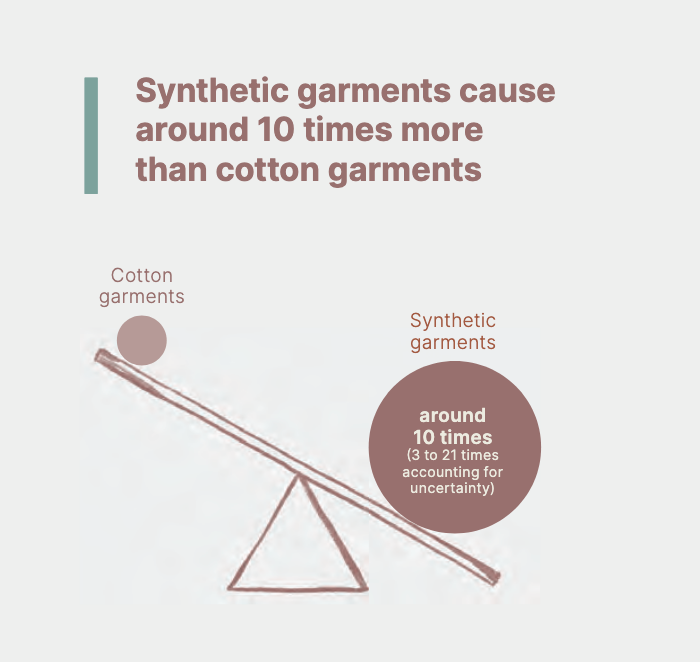Fashion Transparency Index 2022
- David Connolly

- Sep 11, 2022
- 3 min read
The seventh edition of the Fashion Transparency Index ranks 250 of the world’s largest fashion brands and retailers based on their public disclosure of human rights and environmental policies, practices, and impacts, across their operations and supply chains.

ABOUT THE FASHION TRANSPARENCY INDEX
This is the seventh annual edition of the Fashion Transparency Index. This year, 250 of the world’s largest fashion brands and retailers were reviewed and ranked according to what information they disclose about their social and environmental policies, practices and impacts, in their operations and supply chain.
This Index is a tool to push and incentivise the world’s largest fashion brands to be more transparent about their social and environmental efforts. Fashion Revolution believes that transparency is foundational to achieving systemic change in the global fashion industry, which is why we have been campaigning for it since 2014, and why we created this Index.
Transparency is a first step; it is not radical, but it is necessary. When brands publicly disclose information, it allows anyone to scrutinise their policies, hold them accountable for their claims and advocate for positive change.
Transparency is not to be confused with sustainability. However, without transparency, achieving a sustainable, accountable, and fair fashion industry will be impossible.
WHY TRANSPARENCY MATTERS
A lack of transparency costs lives. When the Rana Plaza building collapsed nine years ago, killing and injuring thousands of garment workers, rescuers had to dig through the rubble looking for clothing labels in order to figure out which brands were producing clothes there. It is impossible for companies to make sure human rights are respected, working conditions are safe and the environment is protected without knowing where their products are being made.
But nine years after Rana Plaza, there is still much to be done. The global fashion industry remains rife with human rights abuses and environmental degradation. Supply chains remain complex, fragmented, deregulated and opaque.
A lack of visibility of supply chains allows exploitative, unsafe working conditions and environmental damage to thrive while obscuring who has the responsibility and power to redress these issues.
Increased transparency enables workers’ rights and environmental advocates to identify, report and redress suspected abuses and helps brands and retailers to better track and manage social, environmental and governance risks that affect their business.
KEY FINDINGS
Progress on transparency in the global fashion industry is still too slow among 250 of the world’s largest fashion brands and retailers, with brands achieving an overall average score of just 24%, up 1% from last year.
This year’s Fashion Transparency Index reveals a lack of transparency in several crucial areas. A highlight of key findings includes:
Supply chain traceability
More major brands than ever, (48%) now publish a list of their first-tier manufacturers.
However, 50% of major brands still disclose no information about their supply chains.
Decent work
Most major brands and retailers (96%) do not publish the number of workers in their supply chain paid a living wage.
Only 13% of brands disclose how many of their supplier facilities have trade unions.
Just 12% of brands publish a responsible purchasing code of conduct.
Gender and racial equality
The industry’s reliance on low-wage female labour continues yet 94% of major brands neglect to disclose the prevalence of gender-based labour violations.
Only 3% of brands voluntarily disclose the annual ethnicity pay gap in their own operations, and just 8% publish their actions on racial, and ethnic equality in their supply chains.
Sustainable sourcing and materials
Almost half of major brands (46%) publish targets on sustainable materials yet only (37%) provide information on what constitutes a sustainable material
Waste and circularity
85% of major brands still do not disclose their annual production volumes despite mounting evidence of overproduction and clothing waste
Water and chemicals
Only 24% of brands disclose how they minimise the impacts of microfibres despite textiles being the largest source of microplastics in the ocean
Only 11% of brands publish their supplier wastewater test results, despite the textile industry being a leading contributor to water pollution
Climate change and biodiversity
Only 29% of major brands and retailers publish a decarbonisation target covering their operations and supply chain and verified by the Science Based Targets Initiative.
Only 34% of brands publish their carbon footprint at the processing level and 22% at the raw material level.
Original article: https://issuu.com/fashionrevolution/docs/fti_2022




Comments